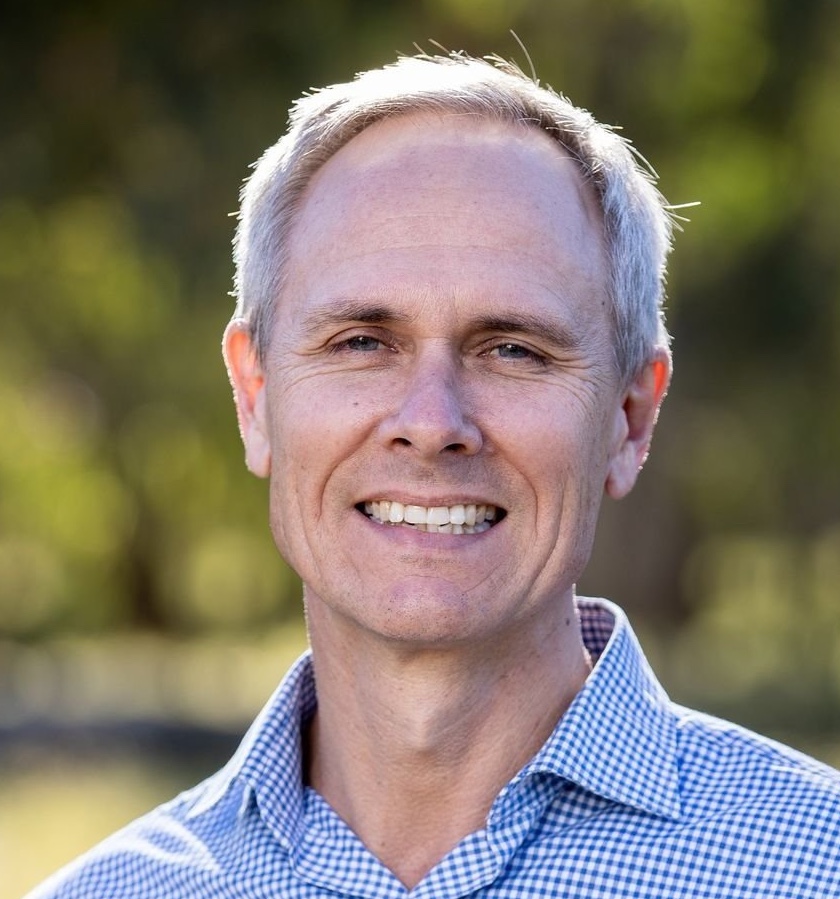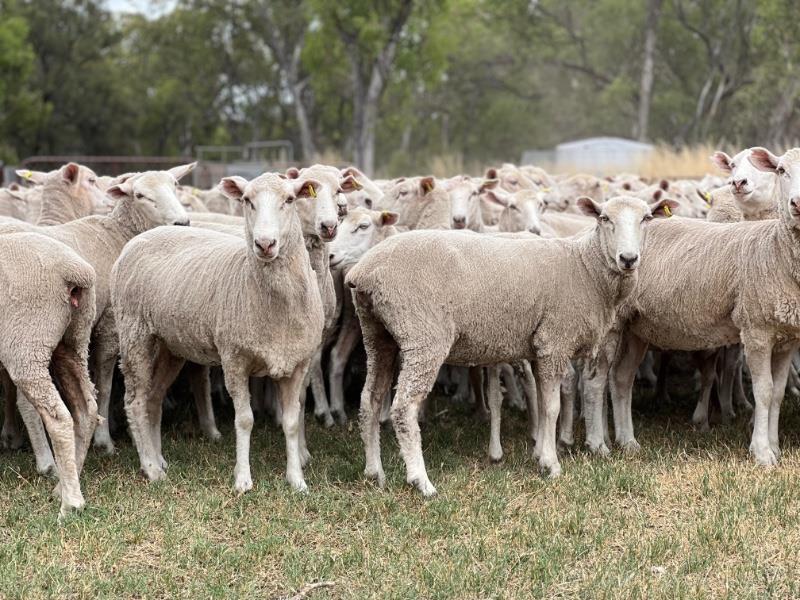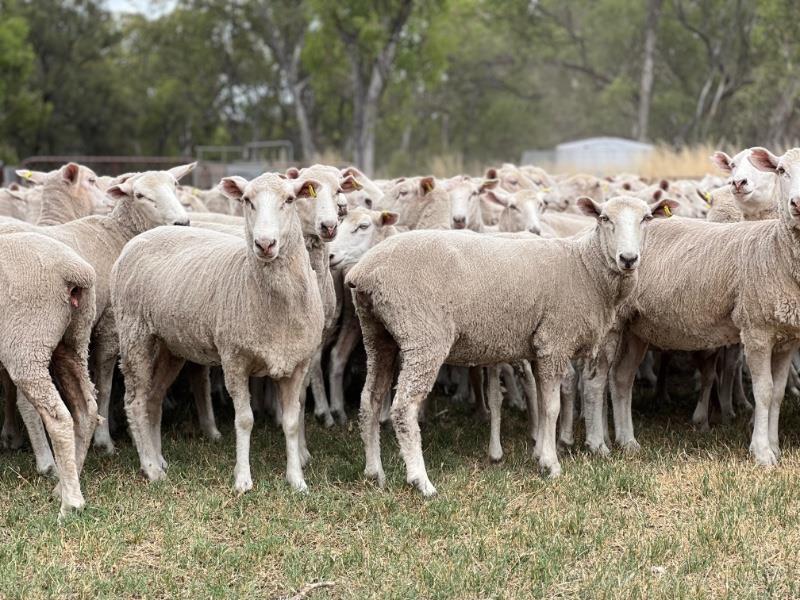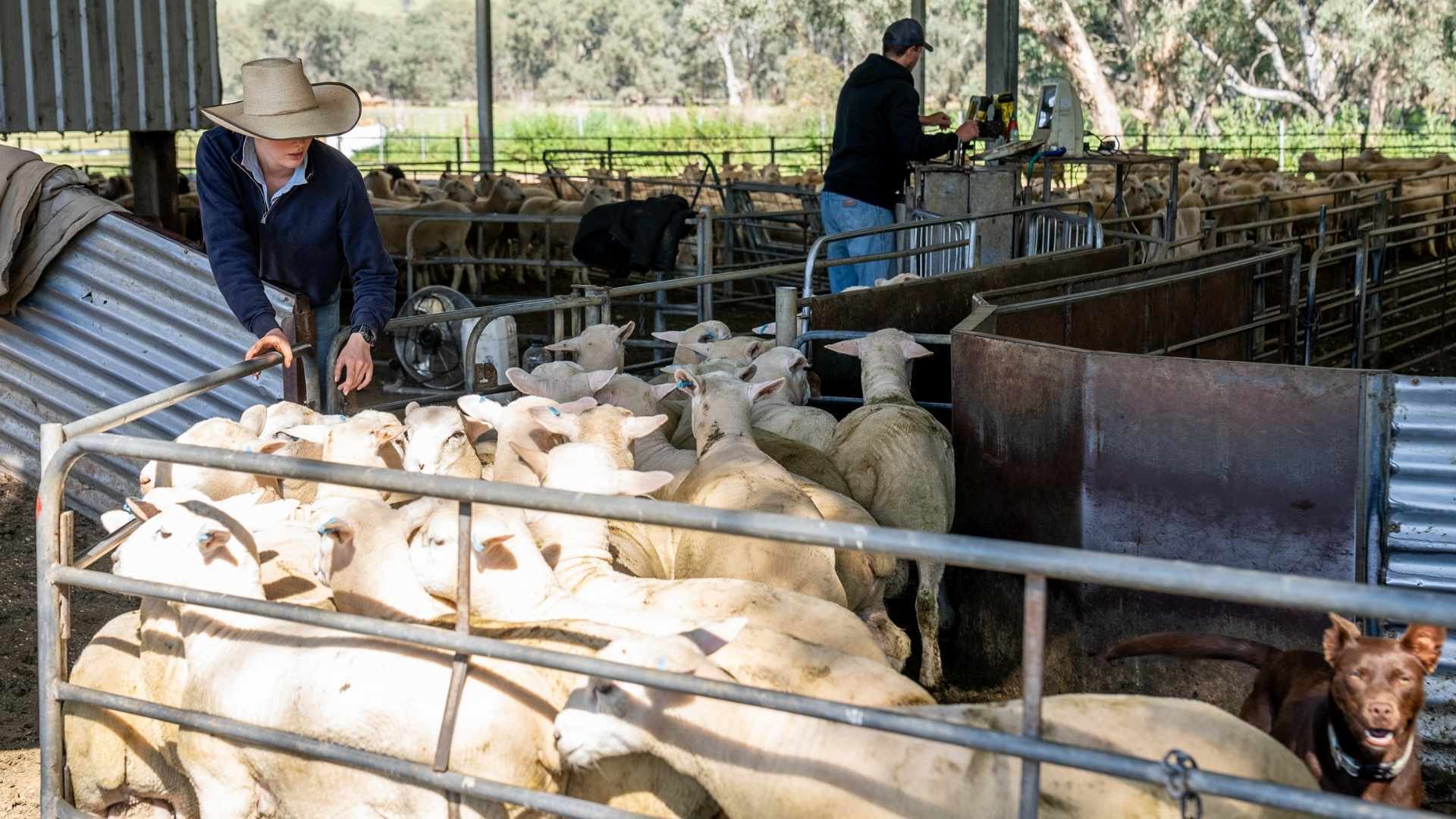Who’s going to hurt most under the China beef tariff?
The introduction of China’s beef safeguard tariff in 2026 has sharpened the focus on where exposure sits within Australia’s beef export sector. Using...
3 min read
 John Francis
:
Oct 19, 2023
John Francis
:
Oct 19, 2023

Very few farmers would be in doubt that the good times of high commodity prices and low interest rates are over. But I fear that complacency about cost control is still all too common.
How well prepared are you for the ‘dynamic duo’ of commodity price falls and interest rate rises?
Many livestock farmers are staring at a 40% drop in revenue, and a fall in profits of more than 40%. That is before the near tripling of interest payments.

If you are not seriously looking at costs, you should be.
But there is a trap in that. Just cutting costs is not going to help you navigate these tougher times. Understanding your costs, as an input to your output is key.
Unfortunately, I too often see in my seminars that farmers haven’t done their sums in terms of knowing their production, whether it be in kilos of meat per hectare, or kilo of wool.
In fact, 80% of recent attendees at my seminars didn’t know how to calculate their cost of production. That’s dangerous.
The difference between the cost of production and the price received drives your margin and if you don't know that, then you won’t know whether you're meeting your financial commitments, not only to your lender but also to the needs of the business and its ongoing capital expenditure.
Here’s a simple example, of a hypothetical sheep or lamb operation using dry sheep equivalent as our key value. I like to use DSE because it is a unit of energy and one of our most limiting resources is pasture energy. DSE can also be applied equally to other enterprises, whether cattle, wool or goat.
In our theoretical business, assuming the same operating costs, we can see how dramatic the 40% drop in commodity prices has been. Operating profit has been slashed from $50 per DSE to $10.
Which brings us to our financial commitments. If we value our land in terms of DSE, it is worth $1200, that hasn’t changed.
But the value of our livestock has dropped by 50%, bringing the total asset value per DSE of our property down by $50.
Assuming we have a 20% debt to equity ratio, the biggest difference is seen in interest payments, as rates have more than tripled.
Instead of paying $8 per DSE two years ago, we are now looking at $18 per DSE. But our operating profit has been slashed from $50 per DSE to $10 per DSE, meaning we are losing $8 per unit.
It is when we start to scale those number to reflect the size of the business that we can see how impactful those calculation become.
With 10,000 DSE, income has dropped from $1 million to $600,000, operating profit has dropped by $400,000 to $100,000. But the interest bill is now $175,000 per year, meaning the business is down almost half a million thanks to the ‘dynamic duo’ of commodity prices and interest rates alone – two factors completely outside your control.
Those numbers are for a well-run business, those with poorer operating systems will be doing it much tougher.
There are some very important steps to follow from here.
First is to get back to basics. Over the last few years, when prices were high, farmers have been able to spend more to get more output because the marginal benefit is high.
What previously worked may no longer work.
Start by calculating your own cost of production for each livestock enterprise then start working out how to improve it.
It might seem counterintuitive when worried about costs, but for most businesses increasing production will deliver more impact than reducing cost.
Calculate your costs per DSE and work out if you can keep those costs low while adding to production.
Second, identify the low cost opportunities for increasing production. This might include making more of the feed you already have or adding fertiliser to grow more feed to graze more livestock.
Third, talk to your financier. It is critical you can demonstrate your cash flows and get on the front foot so that they are aware of your position. Character means a lot in times like these.
Finally, with luck, these challenging prices will be around for 12 months and hopefully short-lived. Setting yourself up now, with good systems and cost control, will position you positively for the upside.
Next fortnight, as we head into the dry season, I will explain how to think about feed in terms of units of energy and how to prepare yourself for that eventuality.
This is the first in a new series with John Francis from Agrista looking at ways to manage your business better. We welcome your feedback, and if you have any suggestions for what you'd like to hear more of going forward email newsroom@auctionsplus.com.au
Visit Agrista's event page to sign up for the following events
.png)
The introduction of China’s beef safeguard tariff in 2026 has sharpened the focus on where exposure sits within Australia’s beef export sector. Using...

Lamb prices reached unprecedented levels in 2025, with the Heavy Lamb Indicator peaking at 1,245¢/kg carcase weight (cwt) in August. The key question...
.png)
We are less than two weeks into 2026, but already the beef industry has faced a multitude of events which will continue to impact markets...